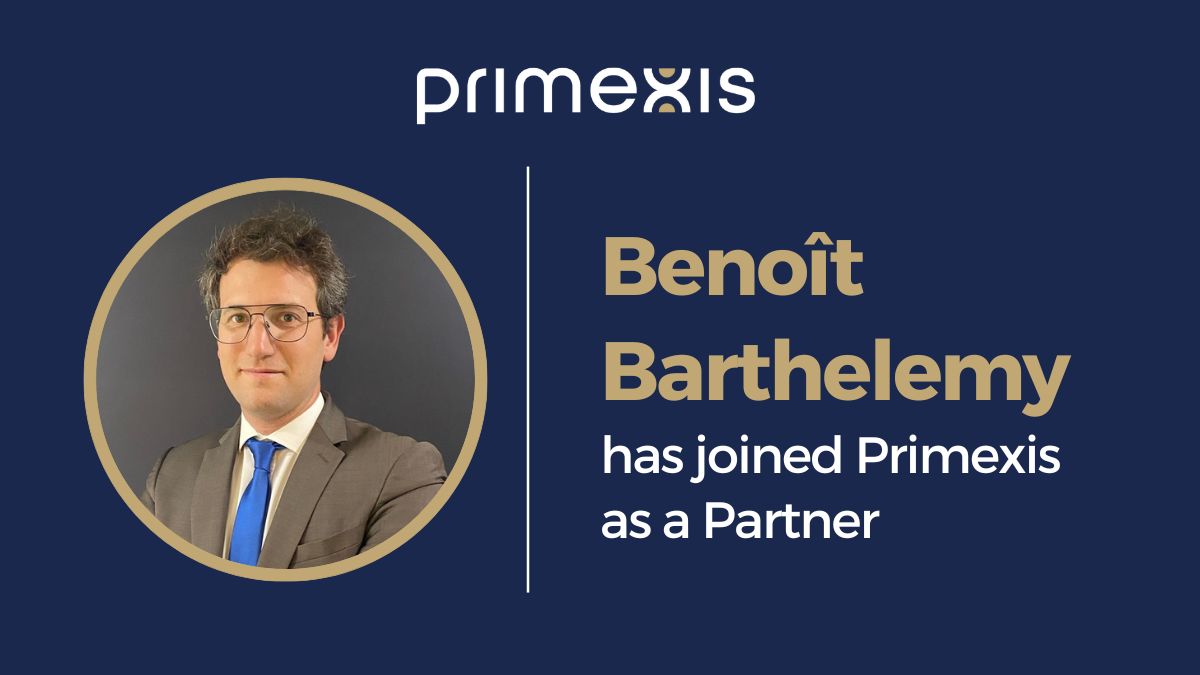PACTE Bill: An Action Plan for SMEs Growth

PACTE (Plan d’Action pour la Croissance et la Transformation des Entreprises) is a draft bill aiming at promoting SME’s growth through loosening a variety of present constraining measures. Let’s have a closer look at some of these game-changing proposals.
Background & Timeline
PACTE is the result of a public consultation that took place from 15 January to 5 February 2018, during which it received 12,819 contributions and 63,683 votes.
Bruno LEMAIRE, French Minister of the Economy, then introduced the bill’s main features at the Council of Ministers on June 18, 2018. It’s now up for debate until the bill’s approval at the end of the year.
PACTE law is to go into effect, at least gradually, as of 2019.
PACTE in 10 measures
- Simplifying thresholds applicable to SME’s
- Reducing employers’ social contributions on profit sharing plans
- Reconsidering the rank of the company in society at large
- Implementing low-cost on-line company registration
- Facilitating entrepreneurs to bounce back
- Increasing links between public research and companies
- Facilitating business transfers
- Simplifying employees’ pension savings and transfers to other saving plans when changing employers
- Supporting SME’s involved in exporting activities
- Reframing Foreign Investments in French businesses operating in strategic industries
In this article, we will be looking into the two first items in more depth.
The other relevant measures will be addressed in an upcoming and more comprehensive article when the bill is definitively approved.
-
Simplifying thresholds applicable to SME’s
- Thresholds for appointing a legal auditor to be raised
Companies are required to appoint a legal auditor depending on their legal status and certain thresholds which are to be raised to be in compliance with article 34 of the European Directive 2013/34/EU. See table below.

- Simplifying headcount thresholds
Headcount thresholds, owing to their abundance, create a complex legal environment for businesses. Each headcount threshold when it is reached gives rise to a new social contribution or a new legal requirement for companies. At present 5 major headcount thresholds can be identified, those are 11, 20, 50, 200 and 250.
PACTE bill plans on modifying these thresholds into 3 which would be 11, 50 and 250.
The threshold 20 would remain solely for the requirement of hiring one or more disabled persons.
-
Reducing employers’ social contributions on profit sharing plans
This is a key measure of PACTE designed to encourage companies to set up voluntary profit sharing plans.
Presently, profit sharing plans both legal and voluntary are subject to a 20% social contribution called “Forfait Social”.
Under PACTE, this contribution would be removed exclusively for voluntary profit sharing schemes.
It is also worth noting that under current circumstances companies that have employed at least 50 employees during 12 months, consecutively or not, during the three last financial years are required to set-up a legal profit sharing plan as of the third fiscal year.
PACTE plans on changing this obligation. The headcount of 50 would need to be reached or exceeded during 5 consecutive years for a company in order to be required to implement the legal profit sharing scheme. This obligation would be effective as of the first financial year opened after this 5-year period.
That would leave more room for manoeuvre for employers willing to implement a voluntary profit sharing plan.
Cekou Coulibaly
Senior Accountant,
International Business Services
» Directive 2013/34/EU of the European Parliament and of the Council of 26 June 2013
» PACTE Official website: https://www.pacte-entreprises.gouv.fr/
» REVUE FIDUCIAIRE Hebdo, Projet de loi PACTE, 05 July 2018


